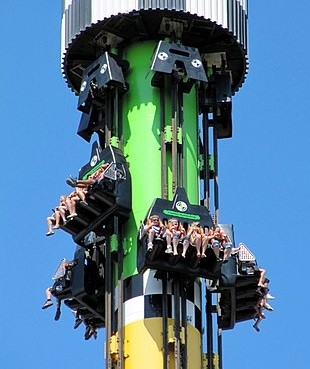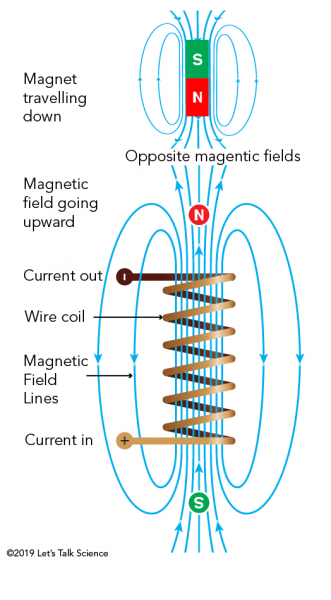How is Lenz's Law Used in Drop Tower Rides?

Drop tower ride (Fantacoaster [CC BY-SA 3.0], Wikimedia Commons)

Drop tower ride (Fantacoaster [CC BY-SA 3.0], Wikimedia Commons)
8.46
How does this align with my curriculum?
Curriculum Alignment
AB
9
Knowledge and Employability Science 8, 9 (revised 2009)
Unit D: Electrical Principles and Technologies
BC
10
Science Grade 10 (March 2018)
Big Idea: Energy is conserved and its transformation can affect living things and the environment.
NU
11
Science 24 (Alberta, 2003, Updated 2014)
Unit B: Understanding Common Energy Conversion Systems
YT
10
Science Grade 10 (British Columbia, June 2016)
Big Idea: Energy is conserved and its transformation can affect living things and the environment.
NT
9
Knowledge and Employability Science 9 (Alberta, Revised 2009)
Unit D: Electrical Principles and Technologies
NT
11
Science 24 (Alberta, 2003, Updated 2014)
Unit B: Understanding Common Energy Conversion Systems
NU
9
Knowledge and Employability Science 9 (Alberta, Revised 2009)
Unit D: Electrical Principles and Technologies
YT
9
Science Grade 9 (British Columbia, June 2016)
Big Idea: Electric current is the flow of electric charge.
YT
12
Physics 12 (British Columbia, June 2018)
Big Idea: Forces and energy interactions occur within fields.

